Tourmaline: Gemstone and Jewelry
Hidden beneath the Earth's surface lies a treasure trove of gems, each with its own unique story to tell. Among these precious stones, tourmaline stands out as a kaleidoscope of color, captivating the hearts and minds of gem enthusiasts for centuries. From ancient civilizations to modern jewelry designers, the allure of tourmaline has endured, its vibrant hues and intriguing properties making it a beloved gemstone in the world of jewelry and beyond.

Origins and Formation:
Tourmaline, whose name is derived from the Singhalese word "turmali," meaning "mixed," is a complex boron silicate mineral with a fascinating geological history. It forms in a variety of environments, from granite pegmatites to hydrothermal veins, and its crystals can grow to impressive sizes. The diverse colors of tourmaline are attributed to variations in its chemical composition, with elements like iron, manganese, and lithium imparting different hues, ranging from vivid greens and blues to deep reds and pinks.

A Spectrum of Colors:
One of the most captivating aspects of tourmaline is its remarkable color range. Known as the "rainbow gemstone," tourmaline can display multiple colors within a single crystal, a phenomenon known as "pleochroism." This characteristic adds depth and complexity to each gem, making it a favorite among collectors and jewelry aficionados. From the verdant greens of chrome tourmaline to the electric blues of indicolite and the fiery reds of rubellite, each variety of tourmaline offers a unique visual feast for the eyes.

Cultural Significance:
Throughout history, tourmaline has held special significance in various cultures around the world. In ancient Egypt, it was believed that tourmaline acquired its vibrant colors as it traveled along the rainbow, making it a symbol of hope and protection. Indigenous peoples of the Americas revered tourmaline for its healing properties, using it in rituals and ceremonies to ward off negative energies and promote spiritual well-being. In modern times, tourmaline continues to be valued not only for its beauty but also for its purported metaphysical properties, with some enthusiasts believing it can balance energy and promote harmony.

Mystical Legends and Folklore:
Like many gemstones, tourmaline has inspired a wealth of myths and legends throughout the ages. In medieval Europe, it was thought to be imbued with magical powers, capable of protecting against danger and illness. According to one legend, tourmaline gained its myriad colors by passing through a rainbow on its journey from the Earth's core, earning it the nickname "the gemstone of the rainbow." In Brazil, where some of the finest tourmaline specimens are found, indigenous tribes tell tales of how the colorful gemstones were created by the rainbows that connect the Earth to the sky.

Jewelry Applications:
In the realm of jewelry, tourmaline's versatility and beauty have made it a favorite among designers and gemstone enthusiasts alike. Its wide range of colors allows for endless creative possibilities, from elegant solitaire rings to intricate multi-stone necklaces. Tourmaline's durability and brilliance make it suitable for a variety of jewelry styles, from everyday wear to red-carpet glamour. Beyond jewelry, tourmaline is also used in alternative healing practices, with some advocates claiming it can enhance vitality, creativity, and emotional well-being.

Conservation and Sustainability:
As demand for tourmaline continues to grow, concerns about sustainability and ethical sourcing have come to the forefront of the gemstone industry. Responsible mining practices aim to minimize environmental impact and ensure the well-being of local communities where tourmaline is extracted. Initiatives such as the Responsible Jewelry Council and Fair-Trade Gemstones promote transparency and ethical standards throughout the supply chain, helping consumers make informed choices about the origin of their gemstones.

Tourmaline, with its mesmerizing colors and rich cultural heritage, remains a gemstone of enduring fascination. From ancient civilizations to modern-day enthusiasts, its beauty and mystique continue to captivate the imagination. Whether adorning a piece of jewelry or cherished for its purported healing properties, tourmaline stands as a testament to the enduring allure of Earth's treasures, reminding us of the wonders that lie beneath the surface of our planet.




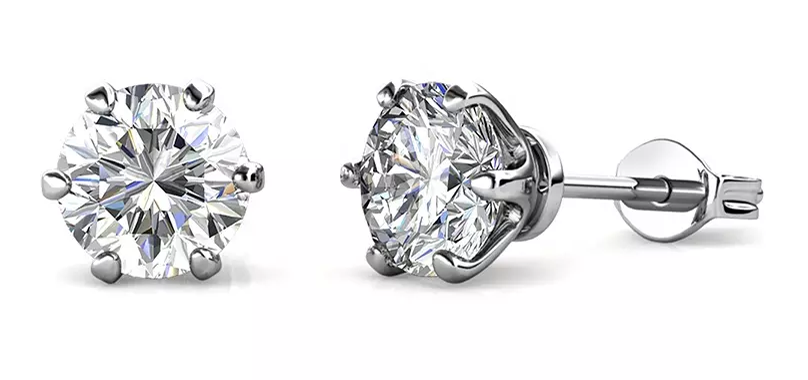
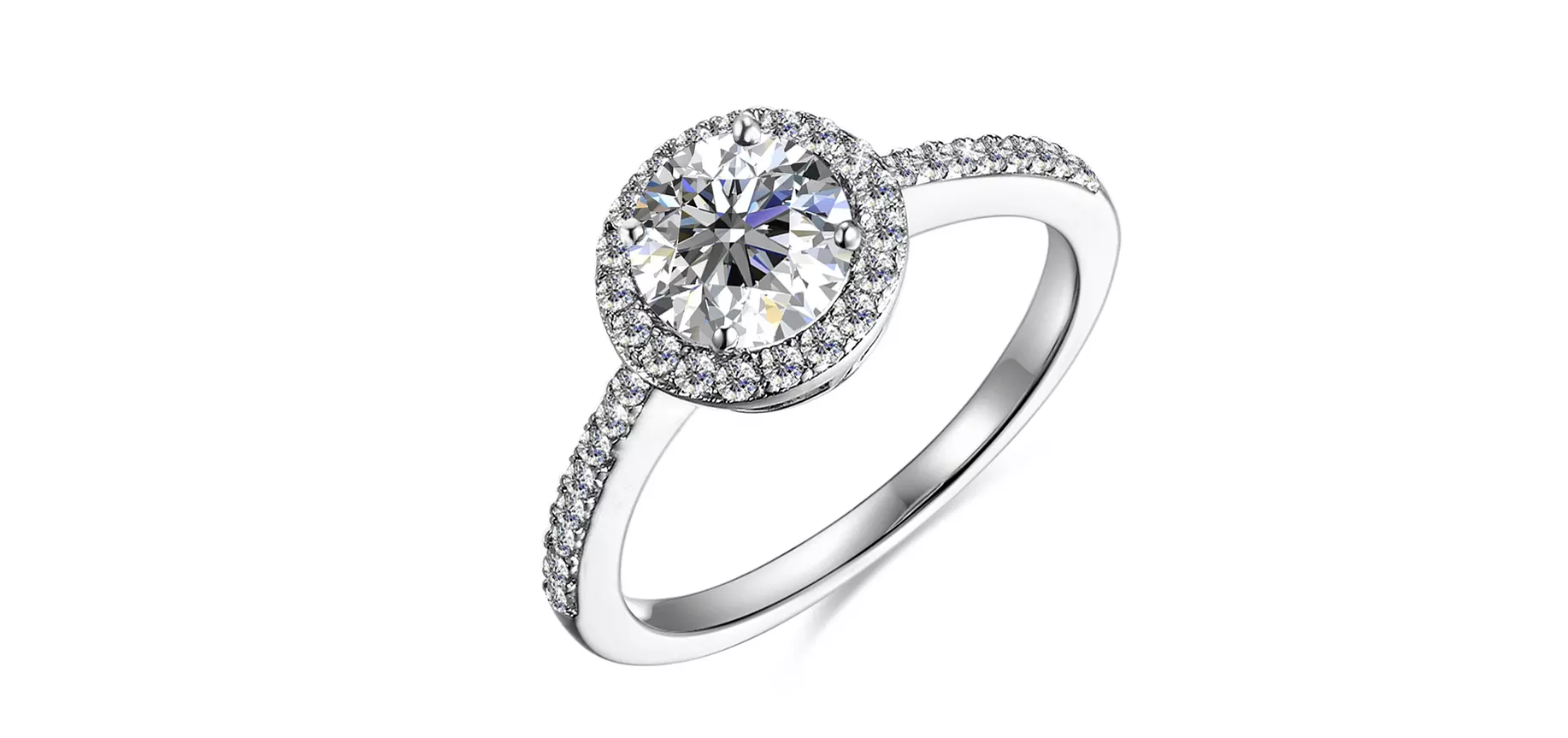
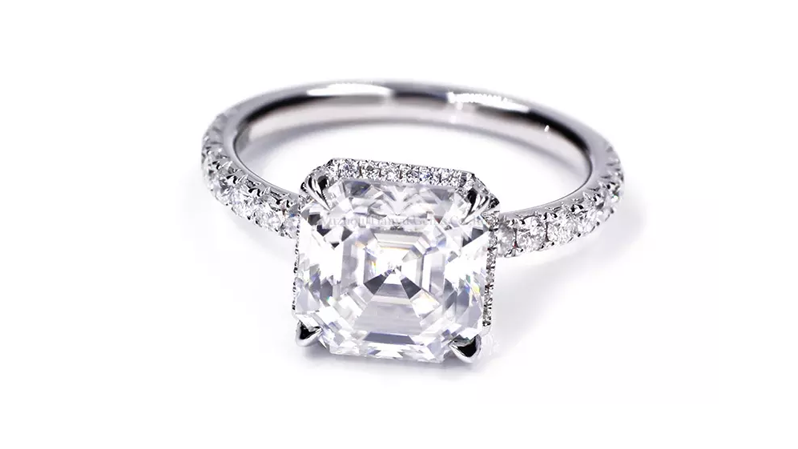
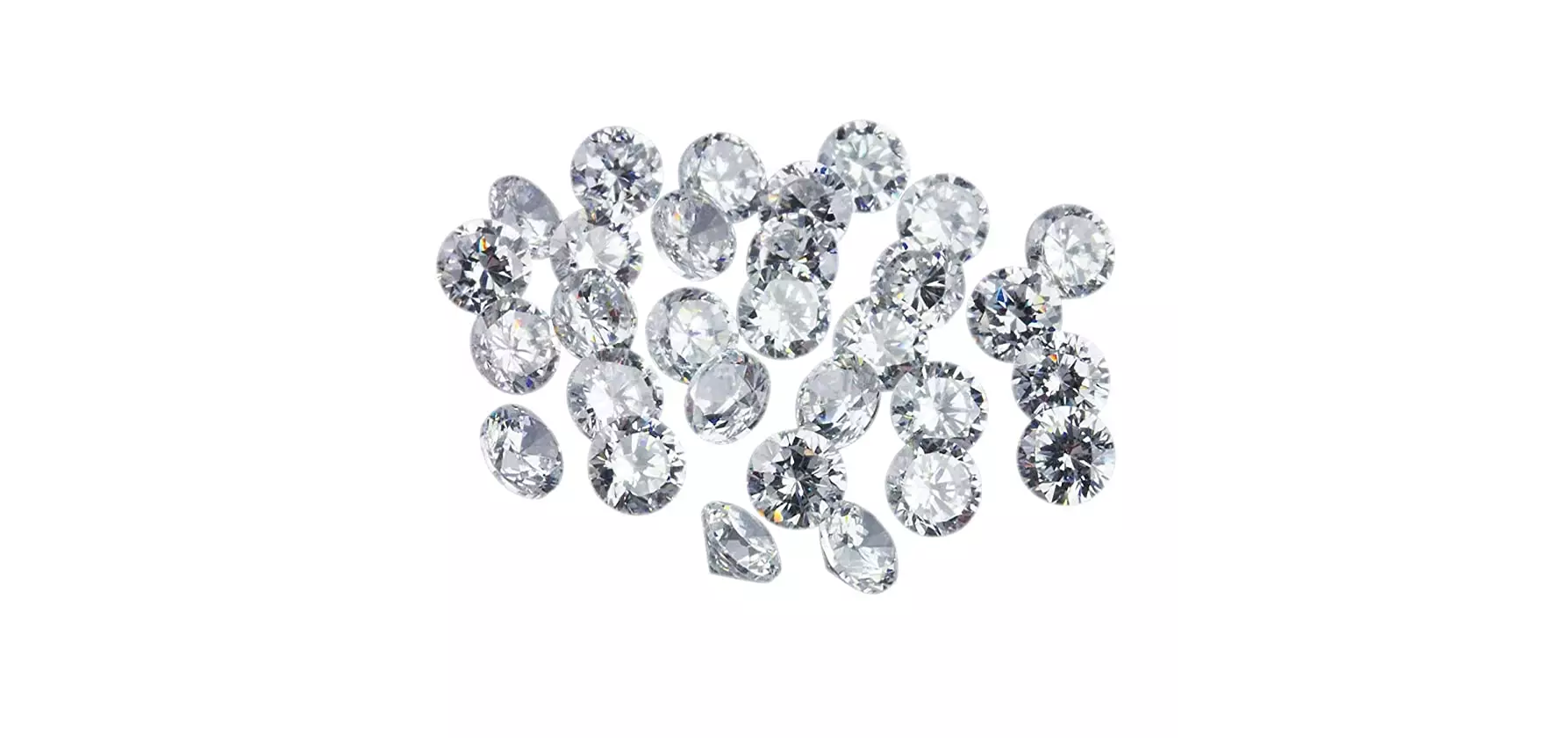
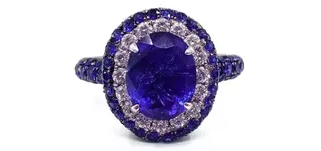
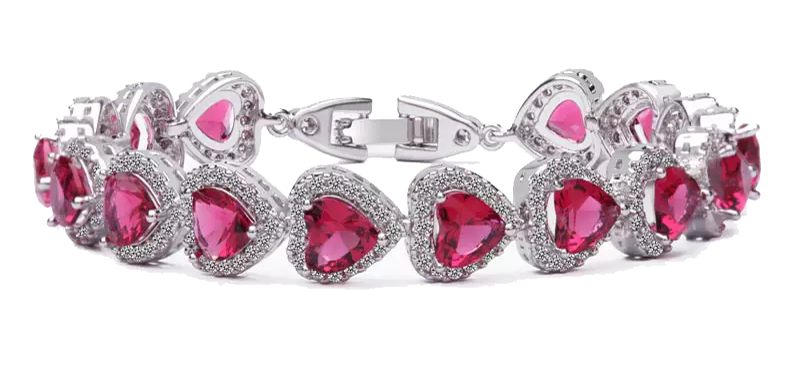
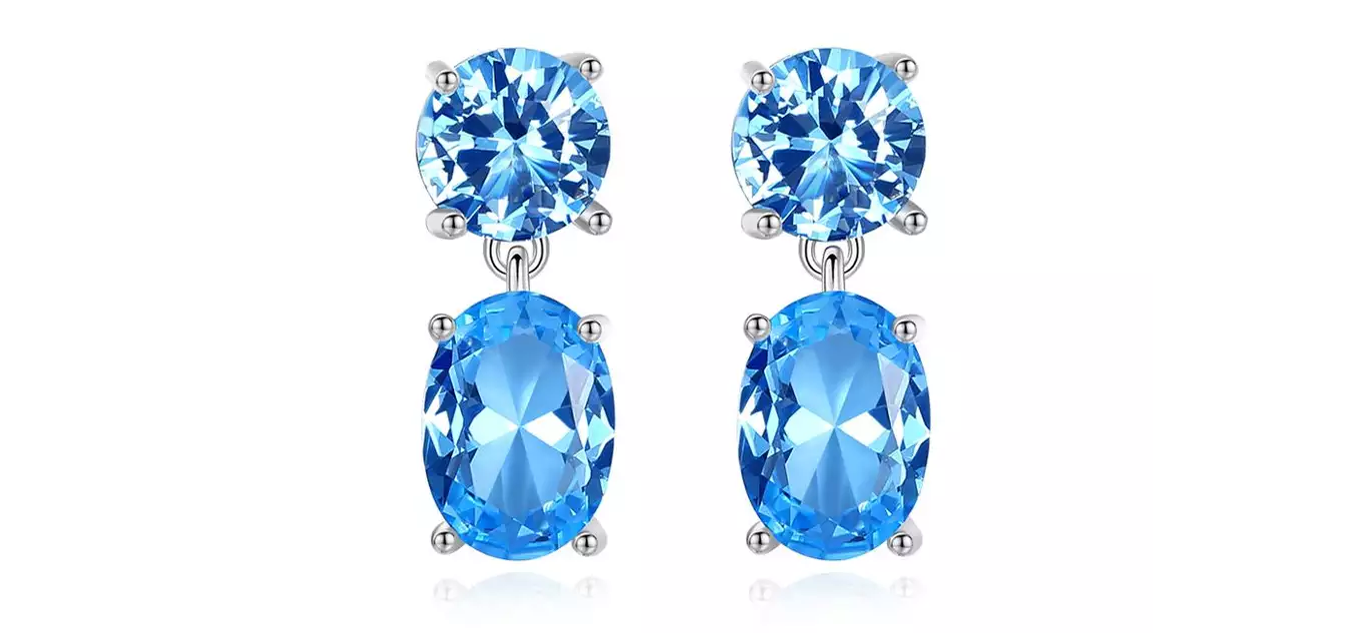
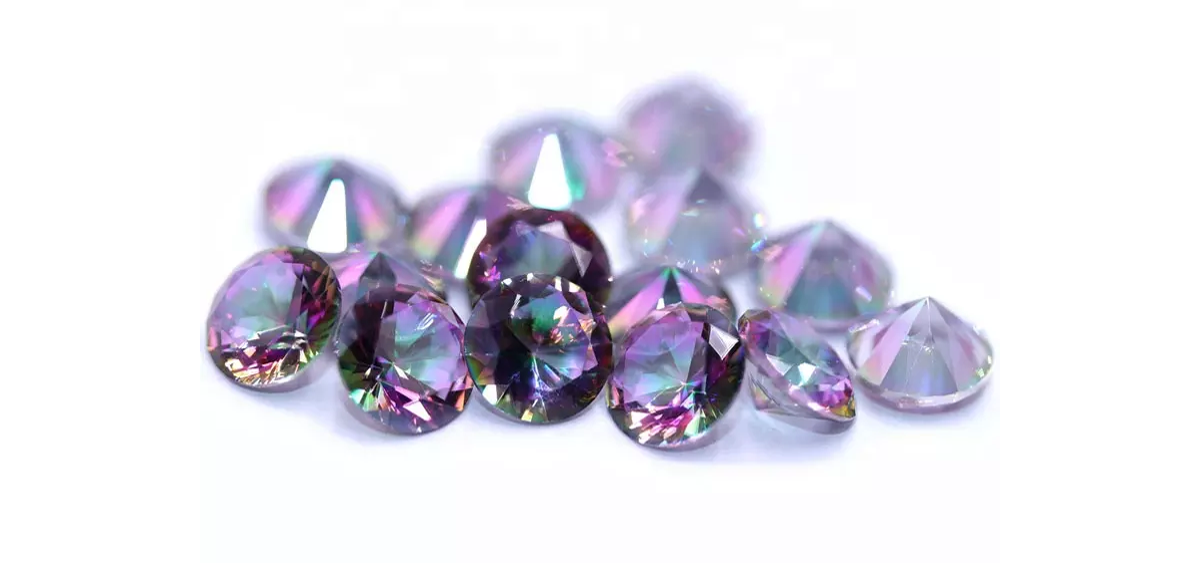
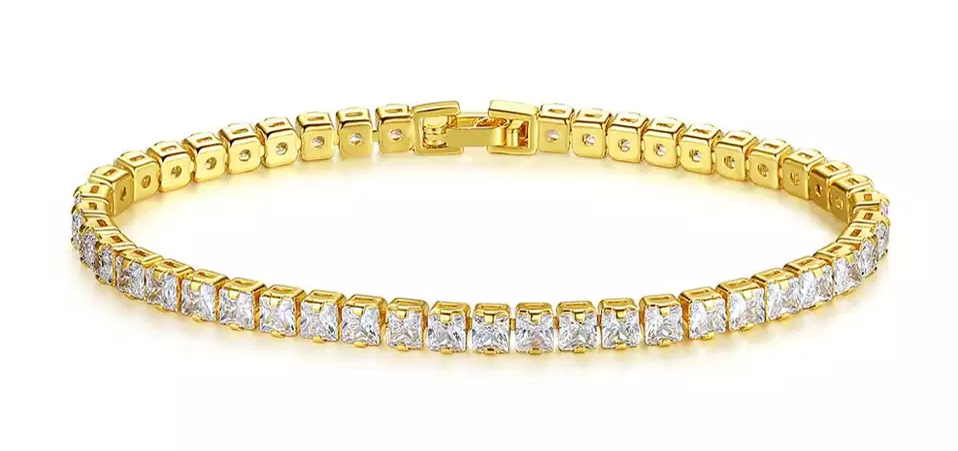
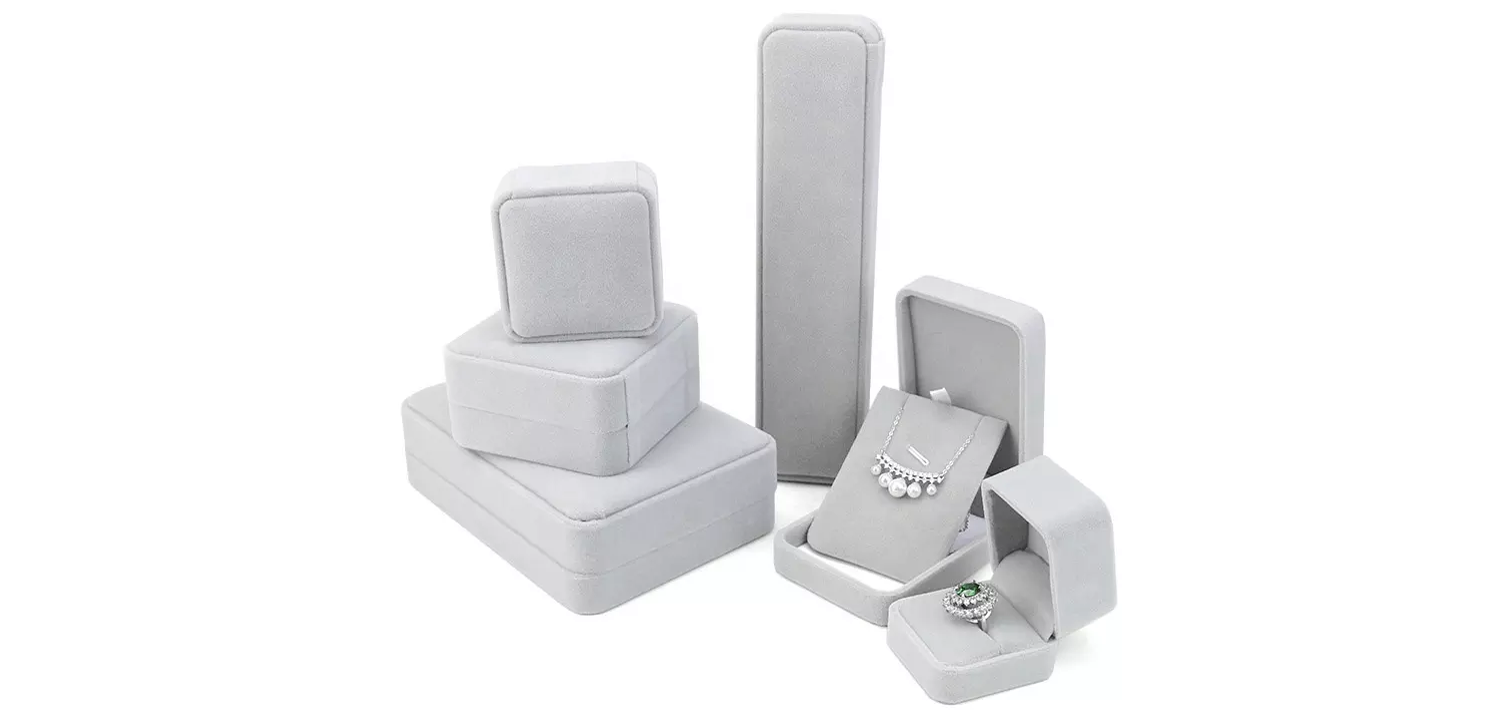
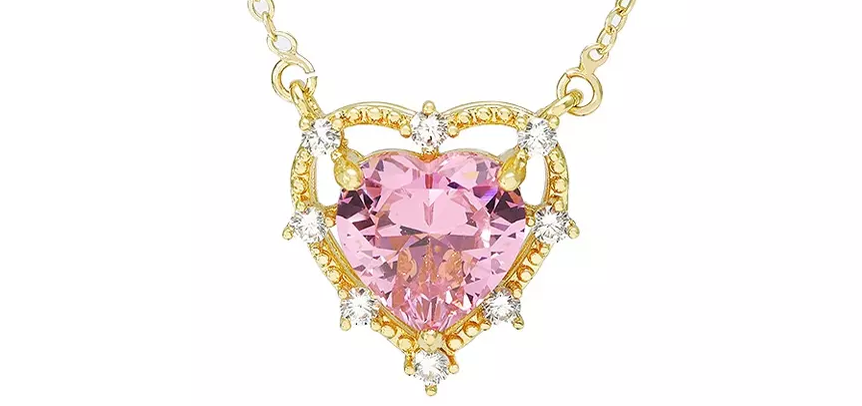

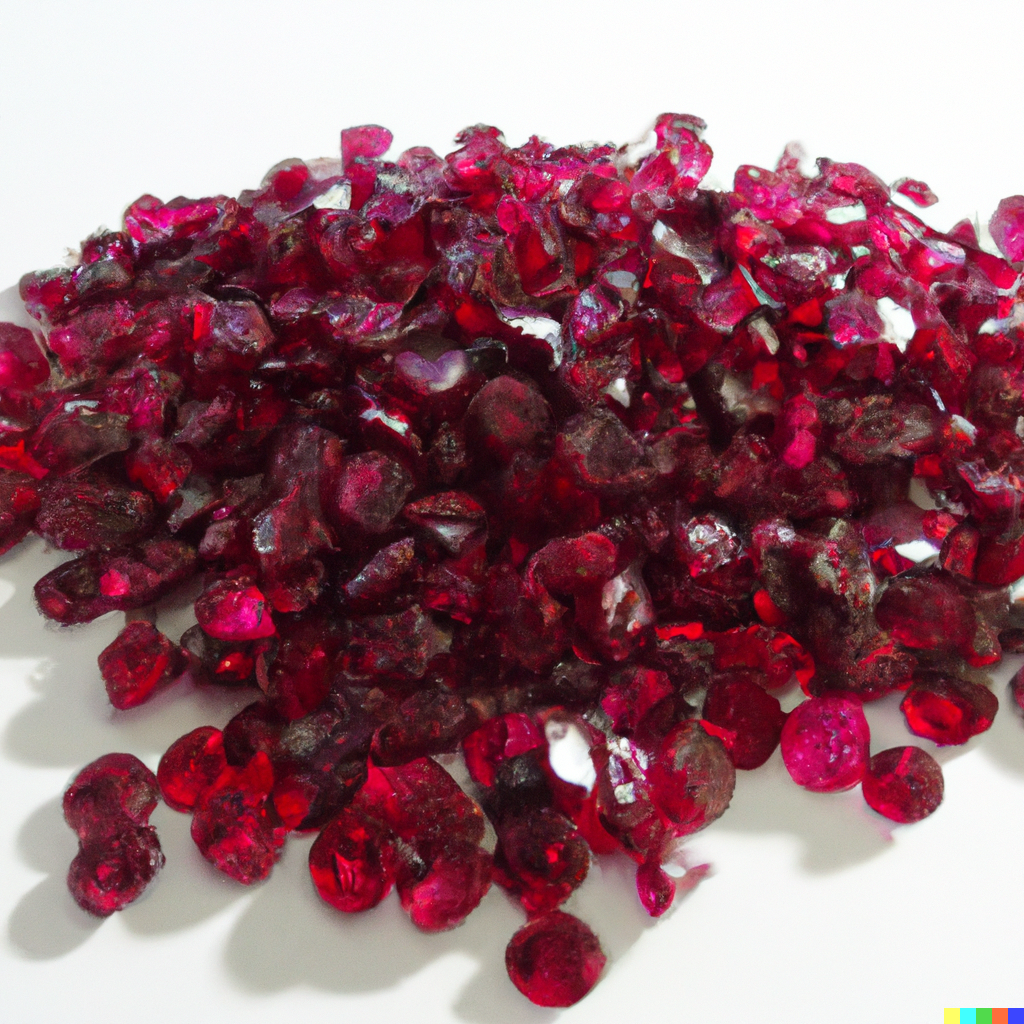
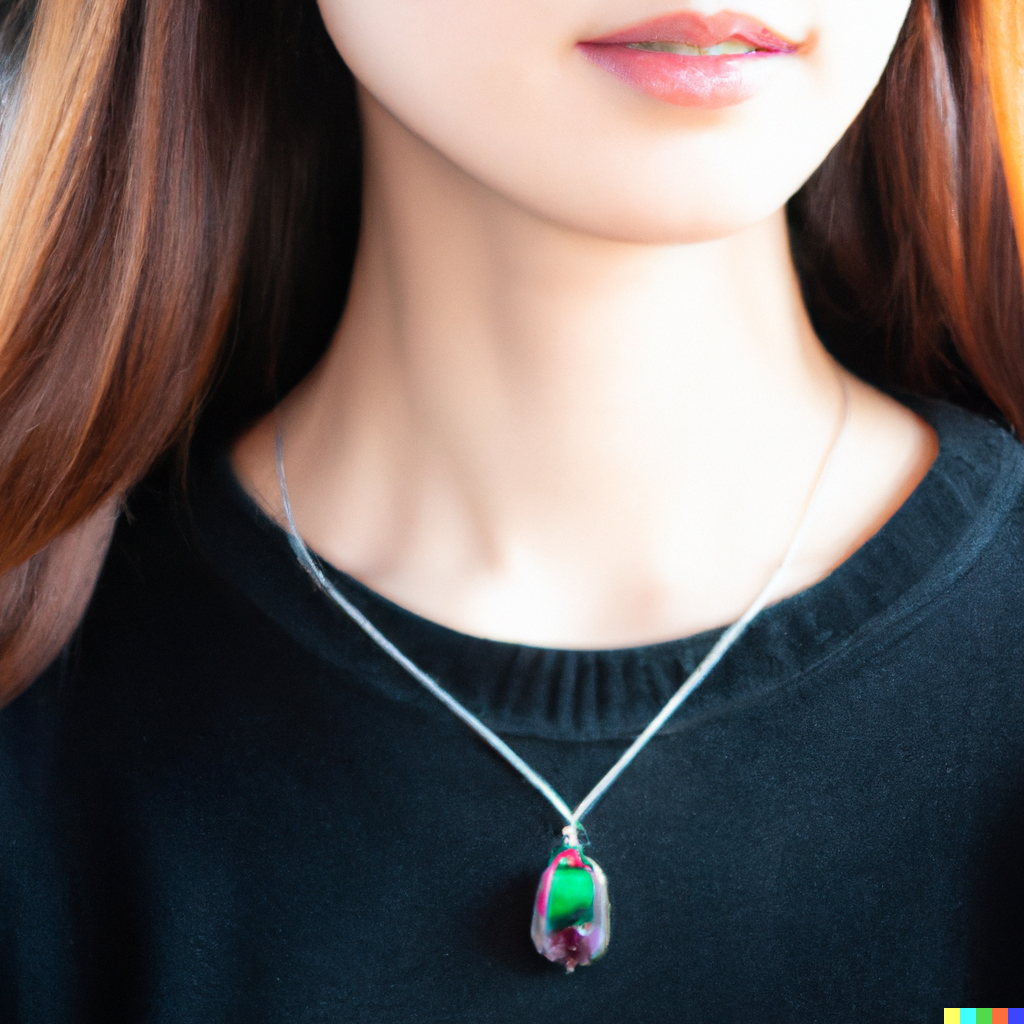
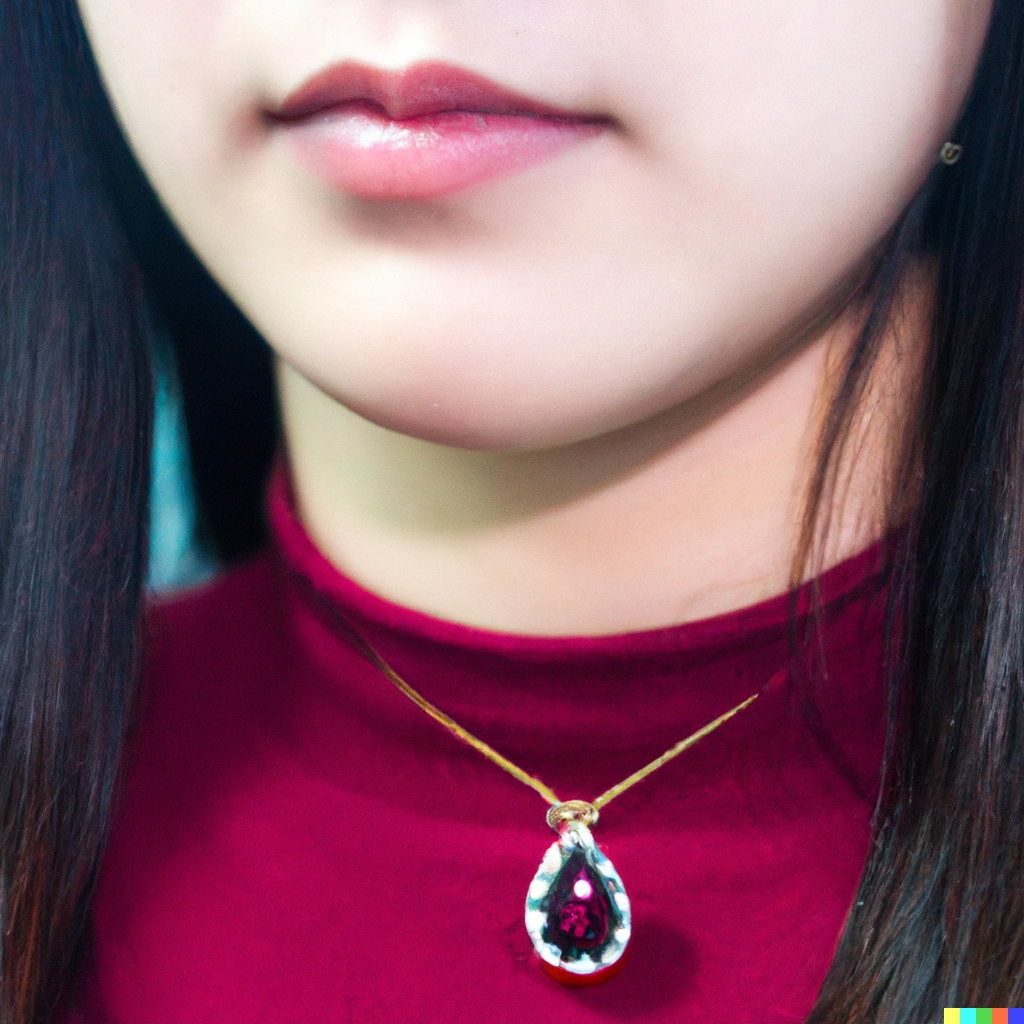
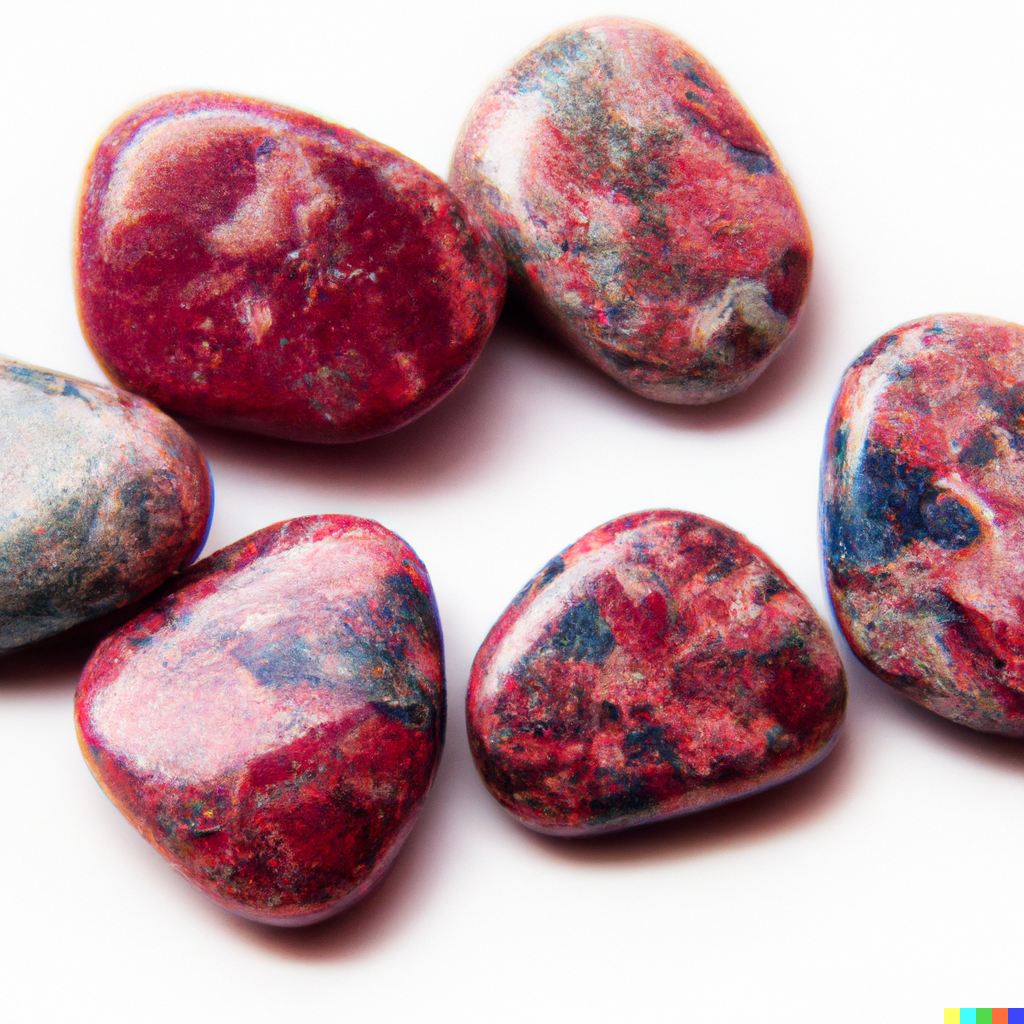
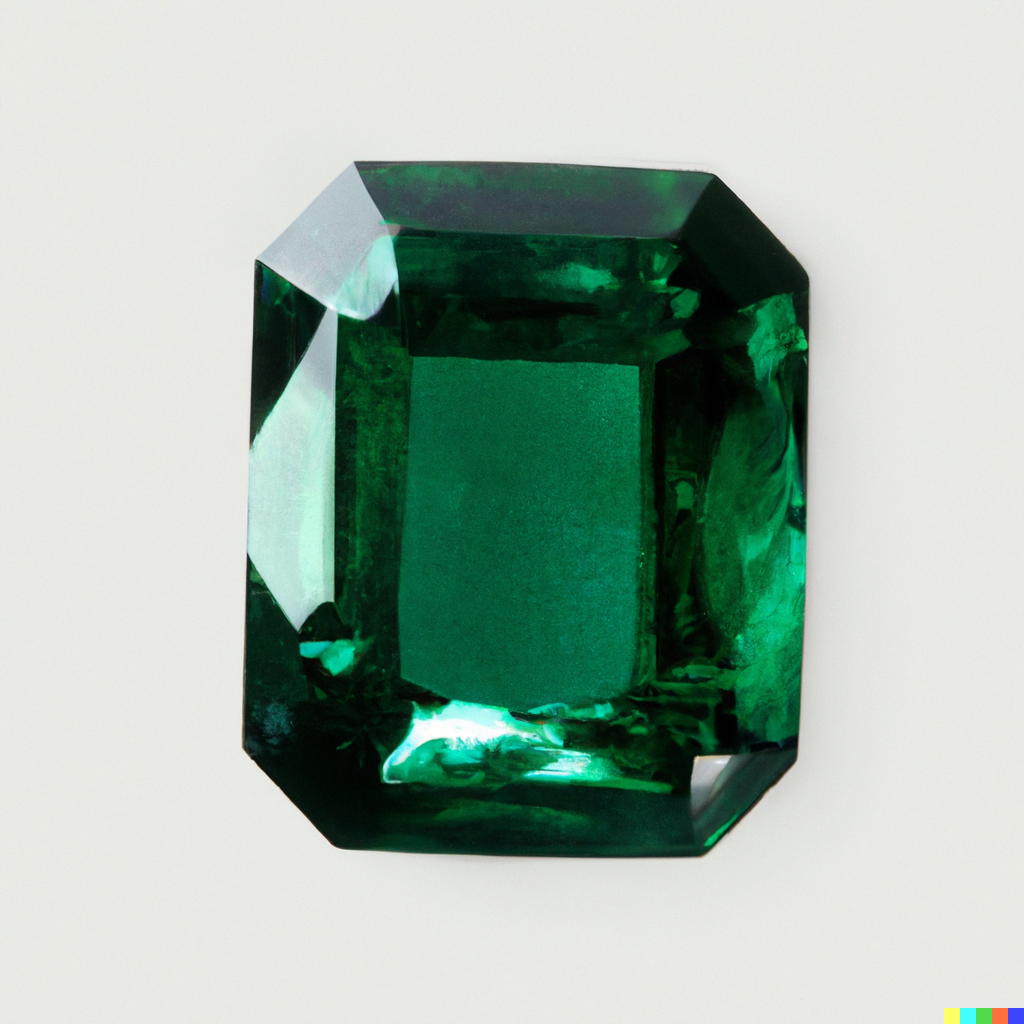
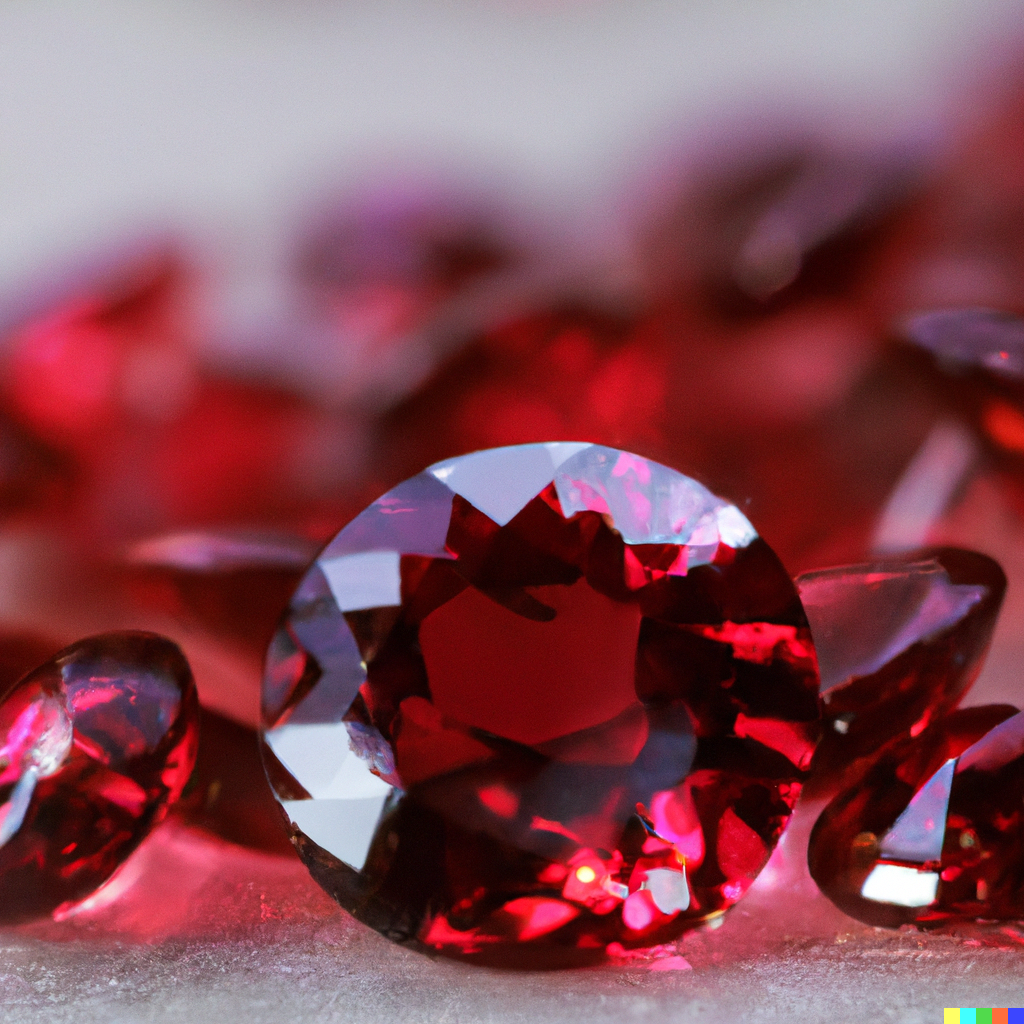
Leave a comment